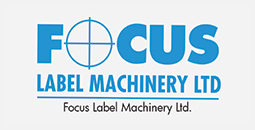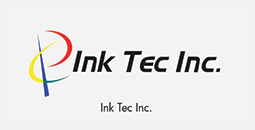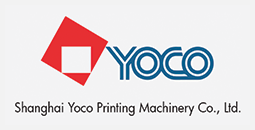In an increasingly green world, everyone wants to reduce the impact their lives and work have on our shared environment. The label printing industry is no exception.
As a fast turnover printing sector that uses high volumes of inks, pulps, and adhesives, product labelling and packaging is of particular interest to environmentalists.
Disposable packaging for expendable products has increasingly come under fire for being an unsustainable, irresponsible waste of resources.
However, with a few simple changes your printing, labelling, and packaging can be transformed into an efficient, effective process that wastes as little as possible. When it’s time to finally dispose of the packaging, small material changes can help to make your waste materials fully biodegradable.
Going green with your printing can have some added benefits, too. Recycled and ‘natural’ by-products (such as the Substrate) are often cheaper, faster, and easier to source than brand new materials.

THE BASICS
Environmentally-friendly business is guided by three core principles – reduction, recycling, and reuse. Reduction means reducing the materials you use and your environmental ‘footprint’ – leaving as little trace of your work in nature as possible.
Recycling means turning old, used, and broken materials into new and useful items. Reuse means targeting sustainable, renewable printing processes that can keep going, permanently.
REDUCTION
Reduction in label printing is all about cutting down on three things – electricity use, paper consumption, and ambient chemical impact from inks. These goals can be achieved by streamlining your machinery, its production schedule and picking the best possible materials. If you’re running an older press, it might be time to consider upgrading your machine, for example the drying systems. More modern, digital machines have automated sleep and idle cycles, reducing energy use greatly from earlier ‘always on’ electromechanical models.
Using a thinner substrate for your labels is one effective way to do this. Thinner products are easier to print, ship, and mean that fewer trees are felled to create your labels. Smaller labels are an obvious consideration – can you print on both sides of the label, or can you reduce the number of colours…?
And bio-ink or UV-applied pigments can help to save energy, cutting your carbon footprint and protecting the environment from dangerous toxins. Talk to your ink suppliers about their commitments to the environment.
Forest Stewardship Council (FSC) certified paper helps to make sure that your source pulp was logged responsibly and sustainably. ‘Non-Tree’ label alternatives are also a great way to diversify your material use. Bamboo-based printing paper makes a shiny, attractive product label, ideal for use with food and drink such as wine bottles.
RECYCLING
These days, the majority of labels can be made to a fully-recyclable standard. Make sure that your labels are printed onto semi-gloss, natural, or standard matte paper with a recyclable solvent adhesive to meet PET (plastic and polycarbonate recycling) requirements.
You can also source recycled paper for your base labels. Recycled, finished spools are often cheaper to buy than brand new materials – yet provide the same great quality.
REUSE
Did you know that a lot of printing production line by-products and off-cuts can be easily pulped and reused? By installing recycling bins on your label lines, paper, backing, and adhesive offcuts can be re-tooled into fresh feed material or processed into biofuel (if sub-standard).
Storage and disposal of old liquids, solvents and inks can be problematic if accumulated for an extended period. A number of companies provide regular collection & recycling services. Once processed these can be re-used.
GREEN LABELLING WITH FOCUS LABELS
Focus Labels use cutting-edge, industry-leading green practices when it comes to the latest equipment.
Contact us today to find out more about how we’re making our printing processes better for the environment.
A free quote comes as standard.





